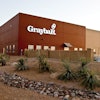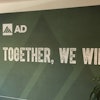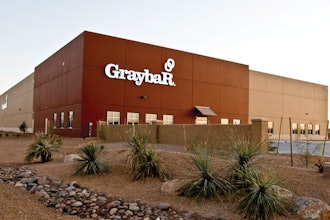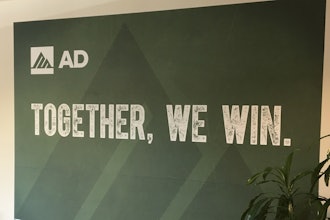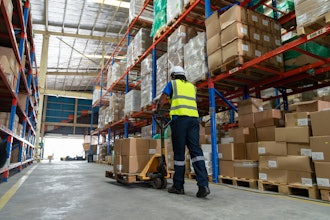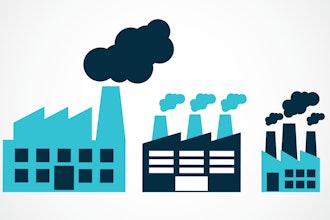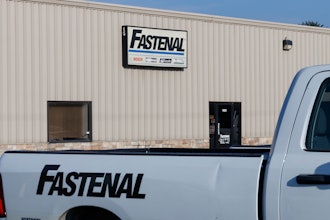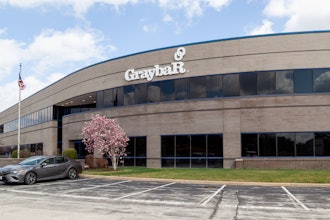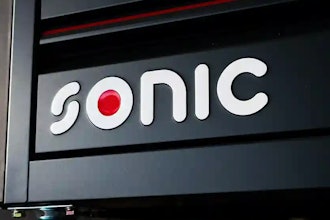
It was the best of times, following the worst of times.
Following the abrupt pandemic-driven economic shutdown of 2020, most distributors have experienced unprecedented boosts in revenue and profitability. Between rising demand for home or building renovations and new construction on the one hand and supply-side constraints on the other, rising prices and volumes have produced massive profitability windfalls in much of distribution.
In addition, many companies’ cost-cutting initiatives during the lockdown created a lower cost structure while labor force constraints limited hiring back employees during the rebound. With higher revenues and lower costs, it’s no surprise that 2021 was the most profitable year in their company’s history for many distributors. In some cases, it was twice or more a normal year. Productivity, whether intentional or not, has been through the roof.
However, the emerging economic signs have been mixed. Between rolling lockdowns in China (and their impact on supply chain and global economic demand), escalating energy prices, and anticipated central bank interest rate increases to rein in inflation, and the attendant stock-market declines (and their wealth effects on demand), the business outlook has become significantly more cautious, if not adverse. Smart distributors are reevaluating some of their recent adaptations and planning for a potential shift in the business environment. In simple terms, they are trying to lock in and/or future-proof their recent productivity and profitability.
Costs Are Up
As we are seeing now, inflation is becoming not just a boost to sell-side pricing, but also to the costs of running a distribution business. Labor costs, whether attracting and retaining talent or healthcare or training, are up. Freight costs (inbound and outbound) have doubled. Energy costs have skyrocketed. In the near future, a distributor will have to either grow their gross margins and/or boost their productivity further to sustain recent peak profitability.
A typical distributor may have had 30 percent gross margins, 26 percent operating costs, and EBIT of four percent. In our 30/26/4 example, if operating costs rise by 8 percent, the distributor’s gross margins will need to rise from 26 percent to 28.08 percent to maintain profitability. That means the distributor will need to gain 208 basis points more from their customers, which requires more than simply passing through vendor cost increases. If they don’t raise their gross margins, EBIT will fall from 4.00 percent to 1.92 percent. New pricing, purchasing and contracting disciplines will undoubtedly be required. But that’s not the full story…
One area where market-leading distributors are increasingly leaning in is sales transformation. And the reasons are clear. First, many sellers have not returned to work since 2020. Second, demographic trends have led to recent and pending retirements. It has been difficult for companies to attract the next generation to industrial sales jobs, particularly as other competing industries are perceived as more glamorous or career-building. Additionally, many distributors (and their customers) discovered a taste of new ways of doing business during the pandemic and rebound. They are curious as to how to exploit some of these innovations more systematically.
Unlocking New Gains in Profitability
There are some pretty compelling reasons to laser in on the sales transformation to unlock new gains in productivity and profitability. A sales transformation will also help to future-proof the business against continued workforce availability and cost pressures, or even against the potential for a recession. The involuntary adaptations of the recent past are yielding new areas for intentional and systematic innovation.
To see why a sales transformation is so compelling, let’s go back to our 30/26/4 distributor P&L example. For many distributors in our example above, the all-in cost of sales teams can easily be 15 to 20 percent of revenues (or 60 to 75 percent of operating costs). Indeed, many distributors pay their straight-commissioned sellers 15 to 20% of gross margin dollars, and that’s before including the costs of inside sellers/CSRs, or the support costs and benefits sales teams absorb. Amazingly, for our prototypical 30/26/4 distributor, the sales force cost (15-20 percent of revenues) is 3.75 to 4.00x the distributor’s profitability (four percent of revenues). So, reducing the cost and/or boosting the productivity of the sales force can be a key opportunity to lock in today’s profitability and recover the inflationary pressures.
If our 30/26/4 distributor can reduce the cost and/or increase the productivity of their 15/20 sales team by a modest 10 percent, that equates to 150 to 200 basis points — approaching the inflationary pressure of 208 basis points. If this distributor can attain a 20 percent improvement in sales force cost and/or productivity, the boost is 300 to 400 basis points — 92 to 192 basis points above the 208 inflationary deficit.
Profitability in this scenario would go from 400 basis points EBIT to 492 to 592 basis points, an increase of 23 to 48 percent. For a $50 million distributor with a 7:1 EBIT-to-Enterprise-Value multiplier, its market value would go from a baseline of $28 million to an improved $34.4 million to $41.4 million, a gain of $6.4 million to $13.4 million. The result of the adverse economic forces would invert the impact. It was (feared to be) the worst of times before it became the best of times. Yet another virtuous cycle resulting from calamity — for those with the foresight to transform.
Convert Today’s Pressures into Tomorrow’s Innovations
So, what’s needed to attain a 10 to 20 percent improvement in either sales cost and/or sales productivity? While this is a broad and diverse topic, we at SPARXiQ are working with NAW’s Sales Roundtables of market-leading distributors on a journey to explore and transform traditional sales teams. The goal is for distributors to progress towards strategic market makers, where success results from a systems approach to sales design founded on a keen understanding of underlying buyer personas and buying processes. The focus is to build a selling system focused on serving modern buyers the way they want to buy, not on preserving legacy, seller-centric dysfunctionalities.
The business case for sales transformation is clear. The keys to success involve reexamining and remediating several of the cost/productivity drivers that unsystematic selling predictably neglects (and actually exacerbates):
- Formalized account planning
- Sales territory sizing and coverage models
- Rebalanced outside vs. inside sales teams
- New specialist sales and support roles emphasizing productivity and cost efficiency
- Improved sales compensation alignment
- Seller productivity tools that improve customer loyalty and share of wallet while lowering cost-to-serve
No one knows what the future will hold for distributors. One of the keys to navigating such uncertainty is seizing the moment to convert today’s pressures into tomorrow’s innovations that lead to stronger, more resilient businesses for their customers, their employees, and their stakeholders.
David Bauders is the CEO of SPARXiQ.

